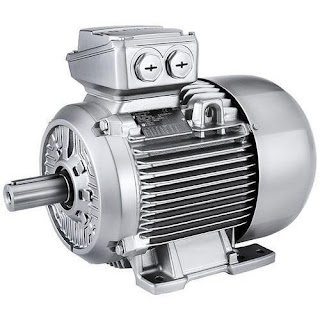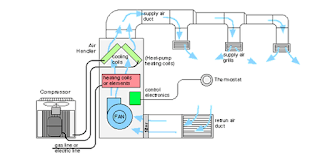DC generator is one of the most important parts in industry and electricity. In this article, we will first introduce the DC generator and then name and review the different parts of the DC generator.
In electricity generation, a generator is a device that converts motive power (mechanical energy) into electrical power for use in an external circuit. Sources of mechanical energy include steam turbines, gas turbines, water turbines, internal combustion engines, wind turbines, and even hand cranks. The first electromagnetic generator, the Faraday disk, was invented in 1831 by British scientist Michael Faraday. Generators provide nearly all of the power for electric power grids. Read more

DC Generator Parts:
DC generators are generally made of
- the magnetic field systems
- shafts
- yoke
- brushes
- armature winding
- end housings
- pole shoes
- commutators
- bearings
Read more here.
In the following, we will examine each of these sections separately:
Yoke
If we divide the DC generator parts in two, Yoke is the outer cover that not only provides mechanical protection to the whole inner assembly and fixes them to the foundation of the machine, but also creates a path for the magnetic flow that the field winding produces.
Based on the size of the machines, yokes are of two kinds and materials; in large apparatuses, yokes are made up of cast or rolled steel while in smaller ones they are composed of cast iron.

To read more about the different parts of the DC generator, refer to the following sources.
The reverse conversion of electrical energy into mechanical energy is done by an electric motor, and motors and generators have many similarities. Many motors can be mechanically driven to generate electricity; frequently they make acceptable manual generators.

References:
https://www.linquip.com/blog/parts-of-dc-generator-explanation-working/

























